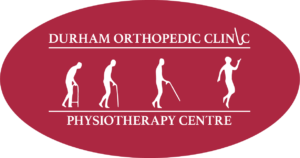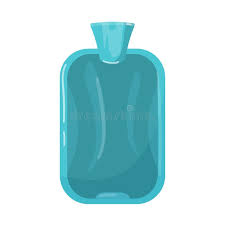In the realm of natural remedies for pain relief and relaxation, heat therapy stands as a time-tested technique with a myriad of benefits. Whether you’re recovering from an injury, seeking relief from muscle tension, or simply aiming to unwind after a long day, heat therapy might be the solution you’re looking for.
What is Heat Therapy?
Heat therapy, also known as thermotherapy, is a therapeutic practice that involves applying heat to the body to promote relaxation, soothe muscles, and alleviate pain. This method has been employed for centuries, drawing on the innate ability of heat to increase blood flow and relax tissues. It’s a non-invasive and drug-free approach that can be easily incorporated into your self-care routine.
Forms of Heat Therapy
There are several ways to administer heat therapy, each with its unique benefits and applications:
1. Moist Heat
Moist heat involves the use of wet heat sources, such as warm towels, moist heating pads, or warm baths. The moisture helps to penetrate the skin more effectively, promoting relaxation and easing muscle tension. Moist heat is often recommended for deeper tissue penetration.
2. Dry Heat
Dry heat methods include electric heating pads, heat wraps, and heated blankets. These sources provide consistent and targeted warmth, making them suitable for localized pain relief and relaxation.
3. Hot Water Bottles
Hot water bottles are a classic heat therapy option. They can be filled with hot water and applied to specific areas of discomfort or used to warm up your bed on a chilly night.
4. Heating Packs and Pads
Modern heating packs and pads are designed for convenience. They can be heated in a microwave or plugged in and applied directly to the body. Some even offer options for temperature adjustment.
5. Hot Baths and Showers
A relaxing soak in a hot bath or a steamy shower can provide overall relaxation and soothe sore muscles. Adding Epsom salts or essential oils to the bathwater can enhance the experience.
How Does Heat Therapy Work?
Heat therapy operates on the principle of vasodilation, which is the widening of blood vessels. When heat is applied to an area of the body, the blood vessels expand, increasing blood flow to that region. This surge in blood circulation helps to deliver nutrients and oxygen to the tissues while removing waste products. As a result, muscle tension is reduced, and pain perception decreases.
Benefits of Heat Therapy
- Pain Relief: Heat therapy is particularly effective for relieving muscular pain, menstrual cramps, and arthritis pain. The increased blood flow helps to relax tense muscles and ease discomfort.
- Relaxation: The soothing warmth of heat therapy encourages relaxation, reducing stress and promoting a sense of calm.
- Improved Flexibility: Heat can help relax tight muscles and connective tissues, making stretching exercises more effective.
- Injury Recovery: Heat therapy can aid in the healing process by promoting blood flow to injured areas, which can accelerate tissue repair.
- Pre-Workout Preparation: Applying heat before exercise can help loosen muscles, reducing the risk of strains or injuries.
Precautions and Considerations
While heat therapy is generally safe, it’s important to take certain precautions:
- Avoid applying heat directly to open wounds or areas with swelling.
- Use a barrier, such as a cloth or towel, between the heat source and your skin to prevent burns.
- Limit heat therapy sessions to 15-20 minutes at a time to prevent overheating.
Conclusion
Heat therapy is a natural and accessible way to relieve pain, enhance relaxation, and support your overall well-being. By understanding its mechanisms and exploring its various forms, you can incorporate this time-honored practice into your routine to experience the healing power of warmth. Whether you choose a warm bath, a heating pad, or a simple hot water bottle, heat therapy offers a comforting embrace that can melt away tension and soothe your body and mind.
If you need help recovering from an injury, contact the Durham Orthopedic and Sports Injury Clinic at 905-428-7800 to speed up your road to recovery.


